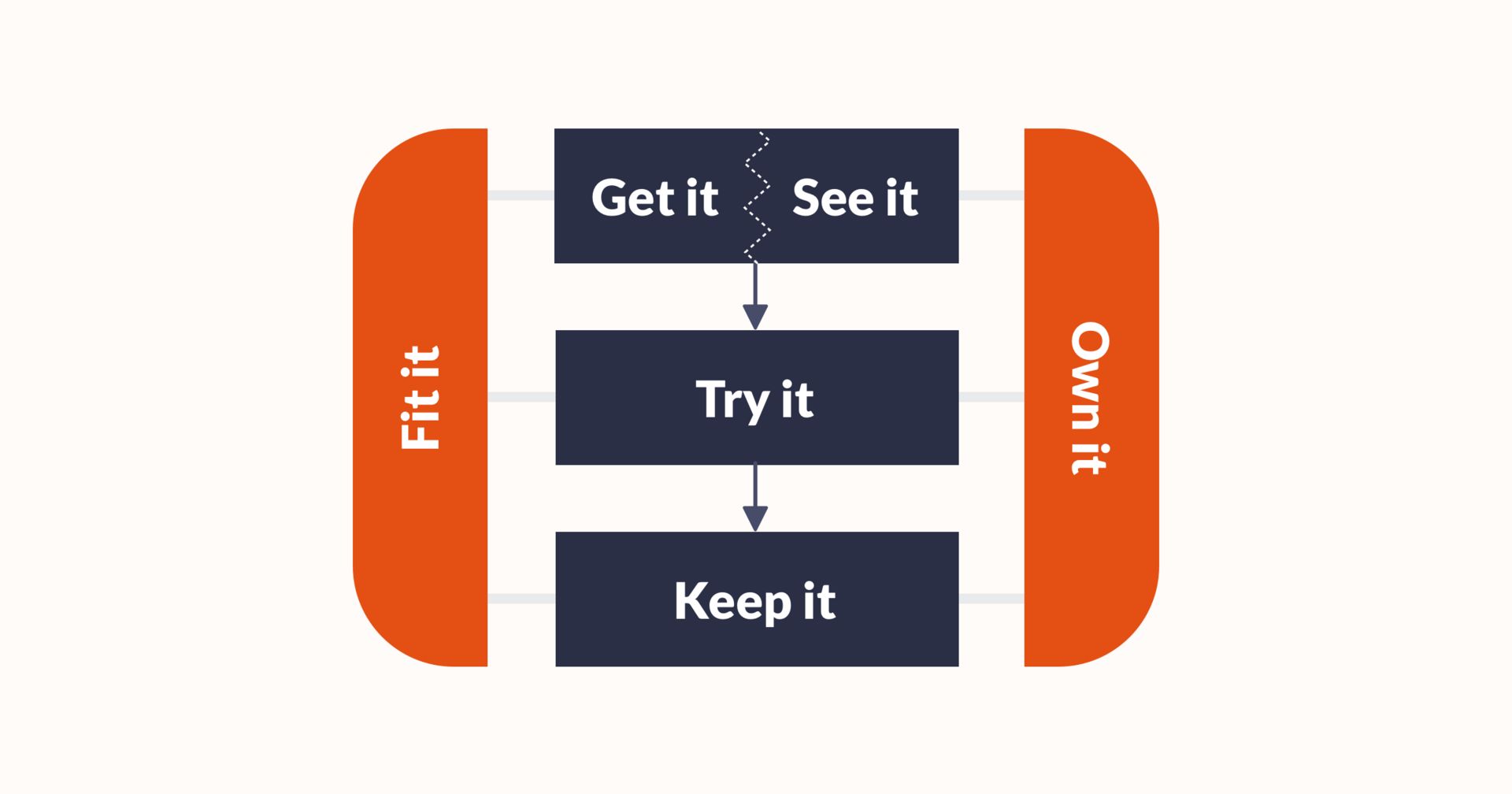- Evidence Snacks
- Posts
- The Mechanisms Of PD
The Mechanisms Of PD
Making teacher learning work
Hey 👋
I hope you’ve got a skip in your step this week. Because today, we launch into a new series on effective teacher development…
Big idea 🍉

Helping teachers truly improve is hard—much harder than it looks. Too many well-intentioned efforts haven’t moved the needle, and too often, growth stalls early in our careers.
That’s not good enough—because teacher expertise is the single biggest lever we have for improving the learning and life chances of the young people we serve. Yet, what helps teachers improve isn’t always obvious or intuitive, and getting better involves forming habits… which are hard to shift.
The good news is that there’s a growing body of robust evidence on how to make professional development (PD) actually work. It points us towards six ‘mechanisms’ that drive teacher learning:
GET IT: Develop a clear understanding of the science of teaching and learning
SEE IT: Build a repertoire of strategies that show what this science looks like in practice
TRY IT: Rehearse and adapt these strategies for your subject, your students, and your style
KEEP IT: Embed the strategies through deliberate practice until they become part of your teaching routines
FIT IT: Tailor development to the specific context, needs, and culture of your classroom, team, or school
OWN IT: Build motivation and commitment to sustain effort over time
The ‘IT’ in each mechanism refers to the content of what’s being learned. The mechanisms themselves are universal—but the content should always be specific: to the subject, age range, and context in which teachers work.
So the real question for any school or system isn’t How should we do PD?... it’s Are we activating the mechanisms that actually help teachers get better?
By attending to both the WHAT (the content of learning) and the HOW (the mechanisms of learning), we create the domain-specific expertise that enables teachers (and their students) to reliably keep getting better.
🎓 For more, check out this systematic review and guidance report on effective teacher development (and this EXCELLENT BOOK on the topic)
Summary
Helping teachers reliably get better is hard.
Relying on the mechanisms of PD can help—by supporting teachers to understand the science, see effective practice, rehearse and adapt strategies, build lasting habits, tailor learning to their context, and stay motivated to keep improving.
Little updates 🥕
Large study testing pre-questions before explanations → finds they modestly improve learning but risk disengaging students with low prior knowledge
Meta-analysis on using drawing-to-lear techniques → suggests that it only really works only when it helps students connect text and images
Paper on mind wandering in classrooms → finds that it’s common and harms immediate memory, highlighting need for tailored attention strategies
Study of 50k+ adolescents on sleep and learning → finds around 8 hours per night supports best performance (especially in maths and science)
Plus: free ebook on how to use research evidence effectively in education [HT Alex Quigley]
Sharpen your evidence edge → Get your school to upgrade you to Snacks PRO
Get some sleep.
Peps 👊